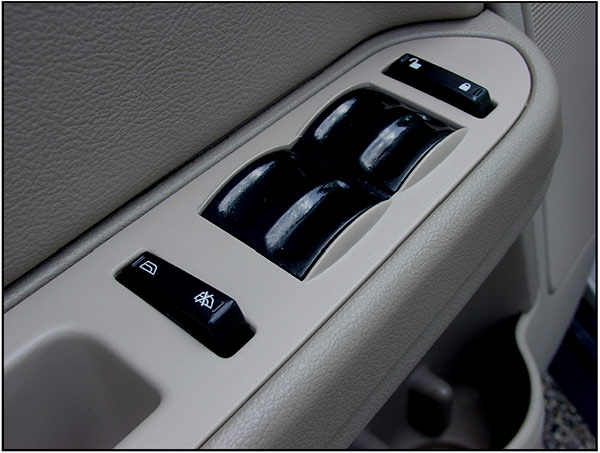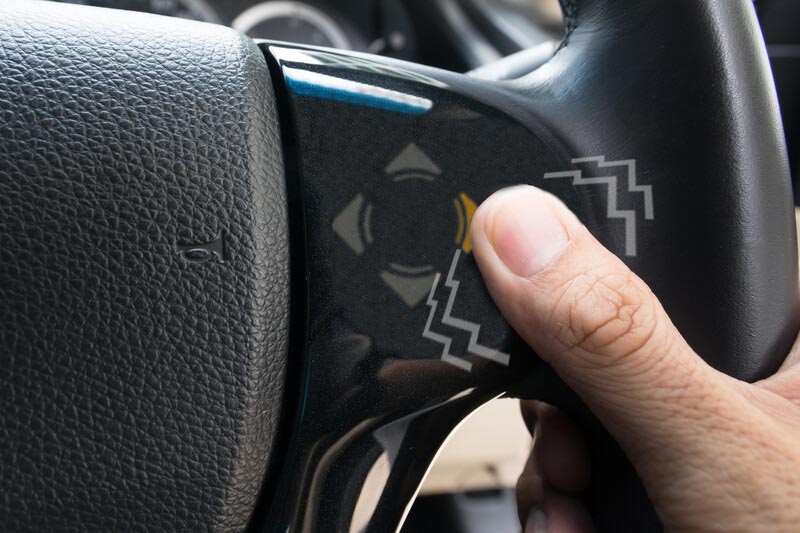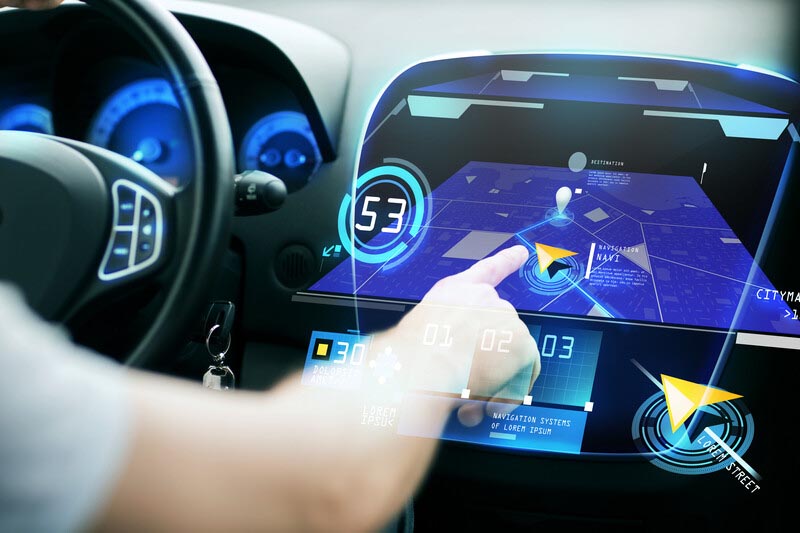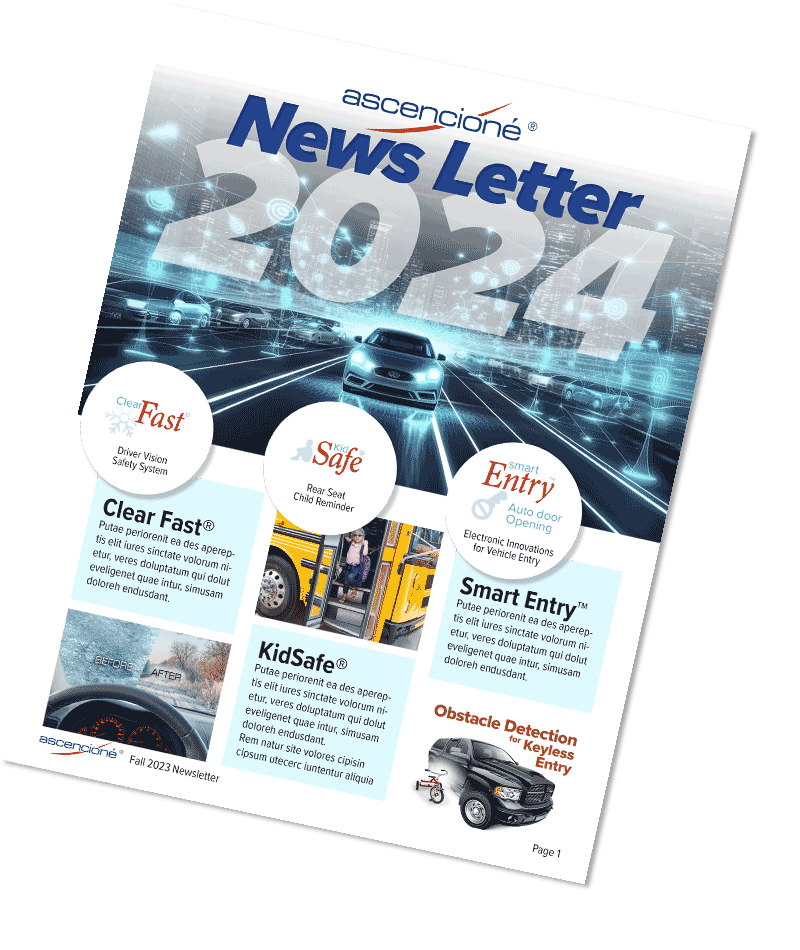Haptics in Cars: Improving Safety and Communication
Haptic technology uses sounds and vibrations to give you information, making driving more engaging. This article explains haptic alerts in cars and why they matter.
What is a haptic alert?
(what does haptic alerts mean)
Haptic alerts refer to the utilization of tactile feedback and auditory cues to convey information, thereby enhancing the driving experience through sensory feedback.
Enhancing Communication with Haptic Alerts:
In cars, haptic alerts warn about dangers like animals on the road or traffic changes.
Picture driving a futuristic car where every touch triggers a response that feels more like a conversation. With haptics, the steering wheel gently vibrates as you turn. While buttons give tactile feedback, making every action feel intuitive. The car knows what you need.
Haptics is everywhere in your car. Adjusting climate or music brings a tactile response, making driving more engaging. It’s not just transportation; it’s a sensory journey, bringing you closer to your car.
Table of Contents
Industry Firsts with Haptic Technology:
Ascencione® has been using hapics for years in many of it’s hundreds fo products. Along with over 60 car industry firsts. Many which used haptics, here is a list of a few:
Keyless Entry System: Ascencione added haptic feedback to keyless entry. Developing products for companies such as: General Motors and Ford.
Solid State Interactive Displays/Touchscreens: Teaming up with General Motors and GE, Ascencione® made touchscreens that respond fast.
Scrollable Solid-State Input System: Ascencione helped Sanyo with a cool scrolling system for better interaction.
Touch Screen (Electronic) Interactive System: Ascencione contributed to the Chrysler 200C (iQ Power®) with a touch screen electronic interactive system, showcasing the versatility of haptic technology in enhancing user interfaces.
Volume Production iPad-like Centerstack: Ascencione collaborated with General Motors to introduce a volume production iPad-like center stack, further emphasizing the adaptability of haptic feedback in various applications within the automotive industry.
Improving the Driving Experience:
Haptic feedback significantly enhances the driving experience by providing real-time information such as current speed and navigation directions. This instant feedback helps drivers navigate with ease and confidence, enhancing their overall driving experience.
Reducing Stress While Driving:
In addition to improving the driving experience, haptic alerts play a crucial role in reducing stress for drivers. These gentle reminders help individuals stay calm, particularly in challenging or stressful situations on the road. By providing subtle cues, haptic alerts promote a sense of composure and confidence, ultimately leading to safer driving practices.
Enhancing Safety on the Road:
One of the most important aspects of haptic technology in cars is its contribution to road safety. By generating communication between driverless cars and human drivers, haptic feedback helps create a safer driving environment for everyone. This technology helps drivers stay informed and aware of potential dangers, ultimately decreasing the risk of accidents and collisions.
Staying Focused with Haptic Feedback:
To stay focused and alert while driving. Haptic feedback uses sounds and vibrations to keep drivers attentive, particularly during complex maneuvers or challenging driving conditions. By providing these sensory cues, haptic technology helps drivers navigate safely and effectively, even in demanding situations.
Elevating Driving Instructions:
Smart haptic feedback systems play a vital role in improving driving instructions. By delivering important information promptly and effectively. Haptic systems enable drivers to respond quickly to changing road conditions or other critical factors. This enhances overall driving performance and safety on the road.
Enhancing Awareness:
Haptic feedback systems also contribute to increased awareness on the road. Feedback can help drivers detect vehicles in blind spots and make safer decisions. These cues serve as valuable aids in maintaining awareness. Allowing drivers to navigate traffic more effectively and avoid potential collisions.
Making Driving Enjoyable:
Beyond safety and performance enhancements, haptic interfaces make interacting with your car a fun and engaging experience. Using tactile feedback into various vehicle controls and interfaces, haptic technology transforms the driving experience into something enjoyable and immersive. Whether adjusting settings or navigating menus, drivers can engage with their cars in a more interactive and satisfying manner.
The Evolution of Haptic Technology:
The field of haptic technology is dynamic, constantly evolving, and improving. Exciting developments are on the horizon, promising even more impressive applications in the future.
Electronic hand controls for cars You will notice that this car interior plastic panel uses haptic alerts (sound and vibration) to let drivers know that the button has been activated.
Audio Haptics:
Audio haptics encompass various types of sound feedback designed to enhance user experiences in digital interfaces. Clicks, ramps, buzzes, and pulses are distinct categories within this realm.
Clicks: Sharp, distinct sounds often used to denote button presses or confirmations in user interfaces, providing a tactile feel to auditory interactions.
Ramps: Gradual increases or decreases in pitch or volume, creating a smooth transition effect and signaling changes in settings or navigation.
Buzzes: Short, vibrating sounds that mimic tactile sensations, commonly employed in haptic feedback systems to alert users discreetly.
Pulses: Rhythmic and repeating sound patterns, adding a dynamic and engaging dimension to audio feedback.
These diverse audio haptic elements are frequently utilized in devices such as smartphones, gaming consoles, and other digital interfaces to provide users with an immersive and responsive auditory experience, complementing visual and tactile interactions.

Common Uses of Haptic Feedback in Cars:
With advancements in haptic technology, driving becomes both safer and more enjoyable. For further insights into this dynamic field, feel free to contact us. We look forward to discussing the exciting developments in haptics with you!
Definitions of Additional Types of Haptics:
Tactile Haptics: Involves physical touch sensations, such as pressure, texture, or temperature, to simulate the feel of interacting with physical objects. Commonly used in touchscreens, buttons, and surfaces.
Force Feedback: Utilizes forces or resistance to simulate the sensation of interacting with physical objects. Often found in gaming controllers, steering wheels, and virtual reality systems to enhance realism.
Kinesthetic Haptics: Provides feedback related to body movement and position, contributing to a sense of spatial awareness. Crucial in virtual reality systems and simulators.
Thermal Haptics: Involves the use of temperature changes to simulate sensations. For example, a device might warm up or cool down to convey information or enhance the user experience.
Motion Haptics: Uses motion or movement to create sensations. This can include vibrations, tilting, or shaking to provide feedback in response to user actions.
Electrotactile Haptics: Employs electrical stimulation to create tactile sensations on the skin. Sometimes used in medical applications or virtual reality systems.
Pressure-Sensitive Haptics: Responds to the level of pressure applied by the user, offering different levels of resistance or feedback based on the force exerted.
Surface Haptics: Focuses on creating tactile sensations on surfaces, allowing users to feel textures or patterns. Often applied in touchscreens and touch-sensitive interfaces.
Haptic Technology in Cars: A Comprehensive Overview:
Haptic technology in cars enriches the driving experience through tactile and auditory feedback. As this technology continues to advance, we can look forward to more innovative applications that will further enhance our interaction with automobiles. From steering wheel vibrations that simulate road conditions to advanced touch-sensitive controls, haptics play a multifaceted role in modern vehicles.
Car Haptics – list of products (car sensor) that include this technology
Below is a list of uses in the automobile. Ascencione® has used haptics in several of these applications. Looking forward to using hapics in other projects.
Parking Brake: Provides tactile feedback for engaging or disengaging the parking brake.
Traffic Sign Recognition: Alerts drivers about detected traffic signs to enhance road awareness.
Rain-Sensing Wipers: Offers responsive windshield-wiping experience during automatic activation.
Collision Mitigation Braking System (CMBS): Gives additional assistance during collision mitigation through feedback.
Adaptive Headlights: Offers feedback during adjustments for optimal visibility.

Door Handles: Incorporates touch-sensitive feedback for unlocking or locking doors.
Turn Signal Indicators: Enhances driver awareness through tactile signals during turn signal activation.
Lane Departure Warning: Provides subtle yet effective warnings for unintentional lane departure.
Collision Warning: Alerts drivers promptly about potential collision risks.
Parking Sensors: Assists drivers in navigating tight spaces by indicating obstacles during parking.
Adaptive Cruise Control: Contributes to a seamless driving experience by adjusting following distance.
Brake Assist: Provides tactile warnings during emergency braking situations.
Blind Spot Monitoring: Notifies drivers about vehicles in blind spots through alerts.
Collision Avoidance Systems: Helps avoid imminent collisions by providing additional assistance.
Driver Attention Monitoring: Alerts drivers about fatigue or inattention for safer driving.
Wireless Charging Pad: Offers confirmation feedback for secure device placement during charging.
Electronic Stability Control: Enhances control during stability corrections in challenging conditions.
Anti-lock Braking System (ABS): Provides feedback about brake performance during activation.
Traction Control: Offers feedback during interventions for optimal grip on various surfaces.
Electric Parking Brake: Adds tactile feedback to engaging or disengaging the parking brake.
Power Windows: Offers a responsive feel to window controls during adjustments.
Sunroof Controls: Provides feedback for adjusting sunroof positions for a tactile experience.
Fuel Tank Cap: Ensures proper sealing with feedback during opening or closing.
Engine Start/Stop Button: Provides confirmation feedback for reassurance during operation.
Driver Profiles: Ensures seamless transition between different user settings with feedback.
Gesture Control: Adds a touch-sensitive element to intuitive interactions through responses.
Mirror Adjustment: Ensures precise adjustments with feedback during mirror adjustments.
Voice Control: Confirms voice command recognition with auditory and tactile feedback.
Infotainment Dial: Offers a tactile feel for menu navigation with feedback.
Seat Heaters/Coolers: Provides tactile feedback for adjusting seat temperature.
Ambient Lighting Controls: Ensures a responsive driving environment with feedback during adjustments.
Cruise Control Activation: Offers tactile confirmation during activation or deactivation.
Digital Instrument Cluster: Enhances the user interface with feedback for virtual displays.
Smartphone Integration: Ensures seamless integration with feedback during phone controls.
Touch-sensitive Steering Controls: Provides a tactile feel for audio and navigation controls mounted on the steering wheel.
Rearview Camera: Aids parking and maneuvering with feedback while using the rearview camera.
Emergency Brake Assist: Ensures prompt notification during emergency braking situations with alerts.
Pre-Collision System: Provides additional assistance with warnings for potential collisions.
Electronic Brake-force Distribution (EBD): Enhances braking control with feedback during distribution.
Trunk Release: Offers feedback for a secure connection during trunk operation.
Fuel Efficiency Mode: Promotes fuel-efficient driving habits with feedback during eco-driving modes.
Tire Pressure Monitoring System (TPMS): Ensures prompt notification about tire pressure issues with alerts.
Sensory Feedback: Provides touch and sound cues from all car devices.

Wireless Smartphone Charging: Offers confirmation for proper alignment during smartphone charging.
Lane Keeping Assist: Assists in maintaining a steady lane position with tactile alerts for lane departure.
Voice Navigation: Provides tactile confirmation for turn-by-turn directions during navigation.
Collision Severity Sensing: Indicates collision severity to aid in post-accident response.
Auto Parking Assistance: Enhances driver awareness during automated parking maneuvers with signals.
Auto Emergency Braking: Ensures timely warnings for potential collisions during automatic braking.
Gesture-controlled Sunroof: Adds an interactive element to sunroof adjustments with responses to gestures.
Driver Monitoring System: Provides alerts for driver fatigue or distraction to enhance safety.
As haptic technology continues to advance, the integration of tactile and auditory feedback in cars becomes increasingly sophisticated. These innovations contribute to a safer, more enjoyable, and intuitive driving experience, demonstrating the significant role that haptics play in shaping the future of automotive technology.
For any questions or to delve deeper into the world of haptics, please don’t hesitate to reach out to us. Haptics is an ever-evolving field, and we’re here to keep you informed about its exciting developments.
Other articles about Haptic Feedback:
“How Haptic Feedback Works” (Explains the Basics of Haptics)
A comprehensive guide to understanding the science and technology behind haptic feedback and its various applications.
Example: How Stuff Works – Haptic Technology“Haptics in Automotive Design” (Industry Insights)
Insights into how haptic technology is transforming automotive design, improving safety, and enhancing user experience.
Example: Automotive World – Haptic Technology“The Evolution of Haptic Feedback in Cars” (Historical and Technological Perspective)
An exploration of how haptic feedback has evolved in cars, from basic alerts to advanced integrations in modern vehicles.
Example: IEEE Spectrum – Haptics in Cars“Future Trends in Haptic Technology” (Innovation Outlook)
An article discussing the future of haptic technology, including advancements in tactile feedback and integration across industries.
Example: TechCrunch – Future of Haptics“Haptic Feedback and Safety in Autonomous Vehicles” (Focus on Road Safety)
Research and analysis on the role of haptic feedback in enhancing safety for human drivers and autonomous vehicles alike.
Example: National Highway Traffic Safety Administration (NHTSA)
As haptic technology continues to evolve, its integration into vehicles is reshaping the driving experience. By providing intuitive feedback through vibrations, sounds, and tactile sensations, haptic alerts enhance both safety and comfort on the road. Whether it’s warning about potential hazards, guiding you through navigation, or simply making controls feel more interactive, haptics are revolutionizing how we communicate with our cars. Understanding what is a haptic alert, haptic alert meaning, or what’s a haptic alert helps you appreciate the significance of this innovation. As we look to the future, haptic feedback will play an even more pivotal role in making driving safer, more enjoyable, and seamlessly connected.



